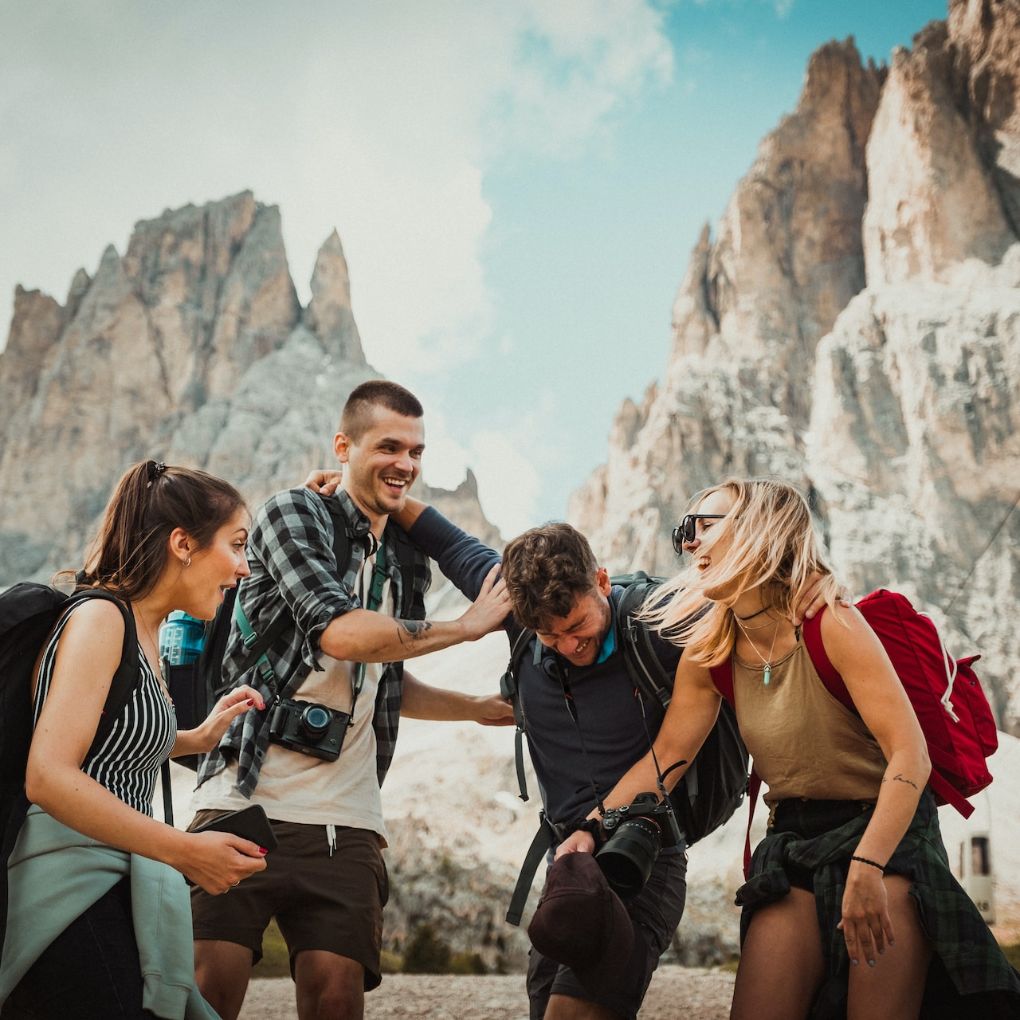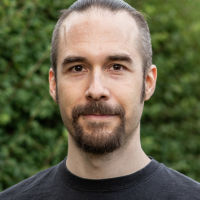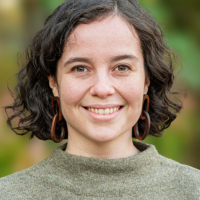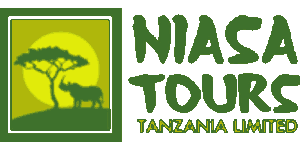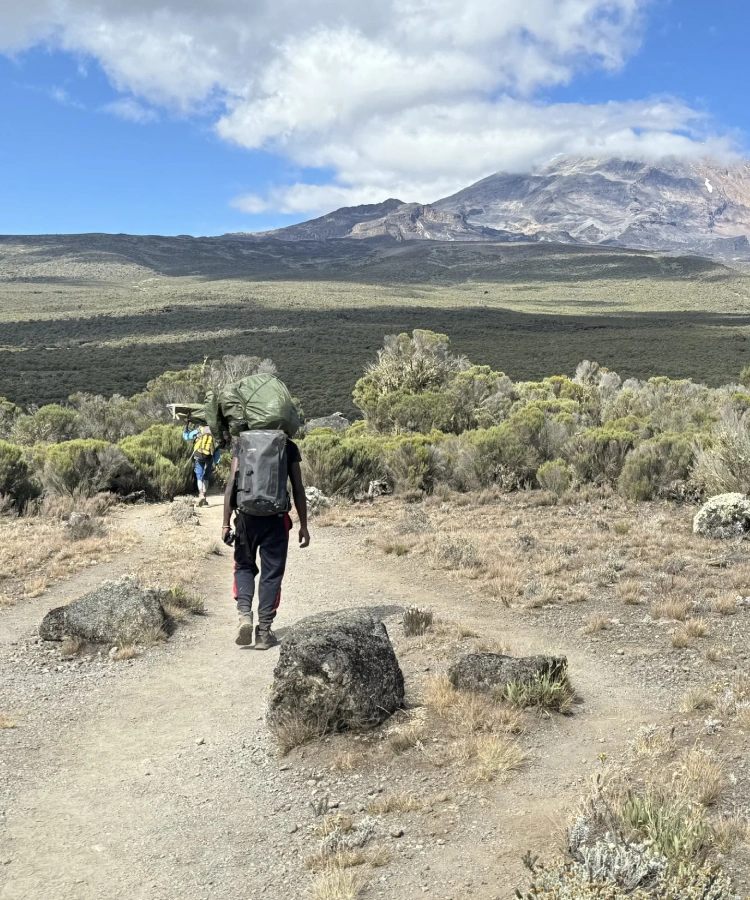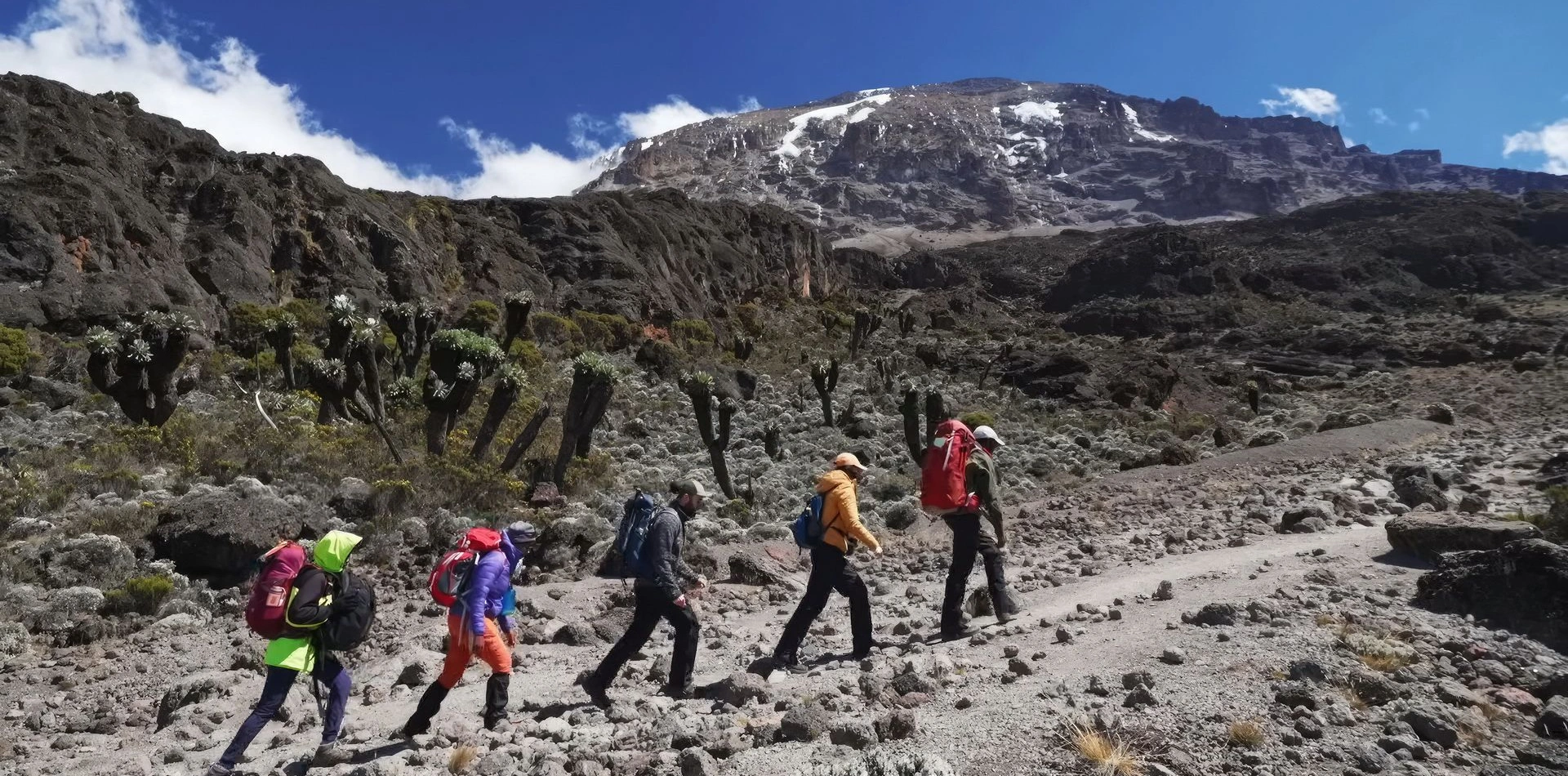
7 Days Kilimanjaro Trekking Itinerary – Umbwe Route
About This Safari
If Kilimanjaro had a trail for the bold, the Umbwe Route would be it. Steep, direct, and dramatically scenic, this is the mountain’s most physically demanding route — and also one of its most rewarding. What sets it apart isn’t just the incline, but the solitude, the raw wilderness, and the feeling that you’re climbing Kilimanjaro on its own terms.
The 7-day version adds a crucial acclimatization day, which gives your body time to adjust and boosts your chances of standing at Uhuru Peak (5,895m), the highest point in Africa. This isn’t the “easy” way up. It’s the quiet, intense, powerful way up — perfect for trekkers who want fewer crowds, more challenge, and a deeper connection to the mountain.
Tour Highlights
Steep Scenic Challenge
Climb Kilimanjaro’s most direct and demanding trail, where steep ascents, dramatic ridges, and raw wilderness test endurance and reward determination.
Solitude on Slopes
Experience rare quiet and fewer crowds, immersing yourself in the untouched beauty of Kilimanjaro’s forests, ridges, and high-altitude landscapes.
Vital Acclimatization Day
Benefit from an extra acclimatization day, giving your body time to adjust and increasing your summit success at Uhuru Peak.
Summit Uhuru Peak
Stand at Africa’s highest point (5,895m), feeling triumph, awe, and connection on a powerful, unforgettable high-altitude adventure.
Price starts at 3090USD per person depending on the number of people per group.
Tour Details
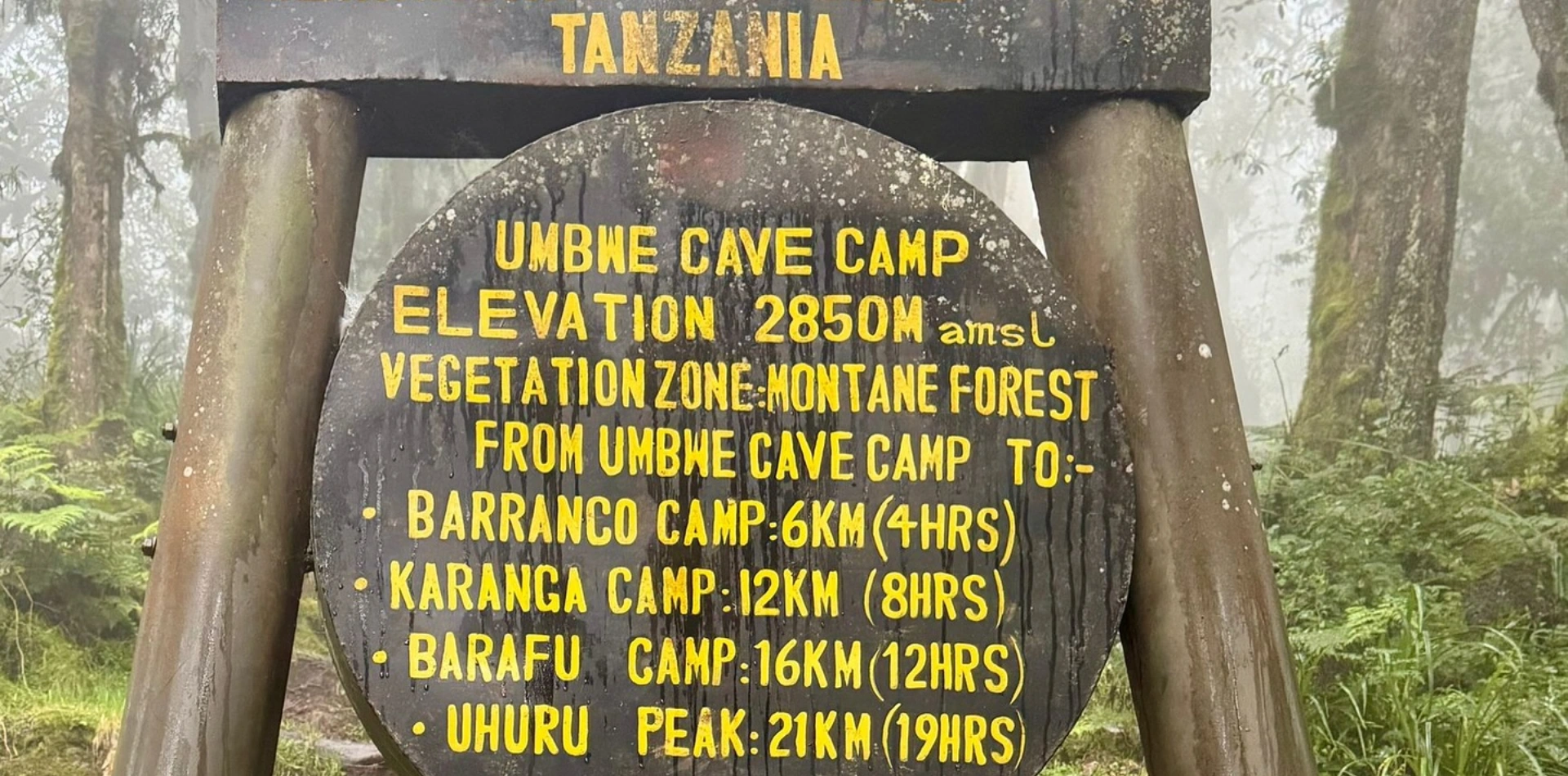
- Distance: ~10 km
- Time: 5–7 hours
- Habitat: Rainforest
Your journey begins in the thick, green rainforest, where the trail is steep, root-covered, and often damp. The Umbwe trail wastes no time — it's straight up, gaining serious elevation on Day 1. But it's also silent, peaceful, and rich with the smell of earth and moss.
You’ll arrive at Umbwe Cave Camp, your first mountain home, nestled in a quiet grove. It’s just you, your team, and the trees. No crowds. No distractions. The mountain has your full attention now.
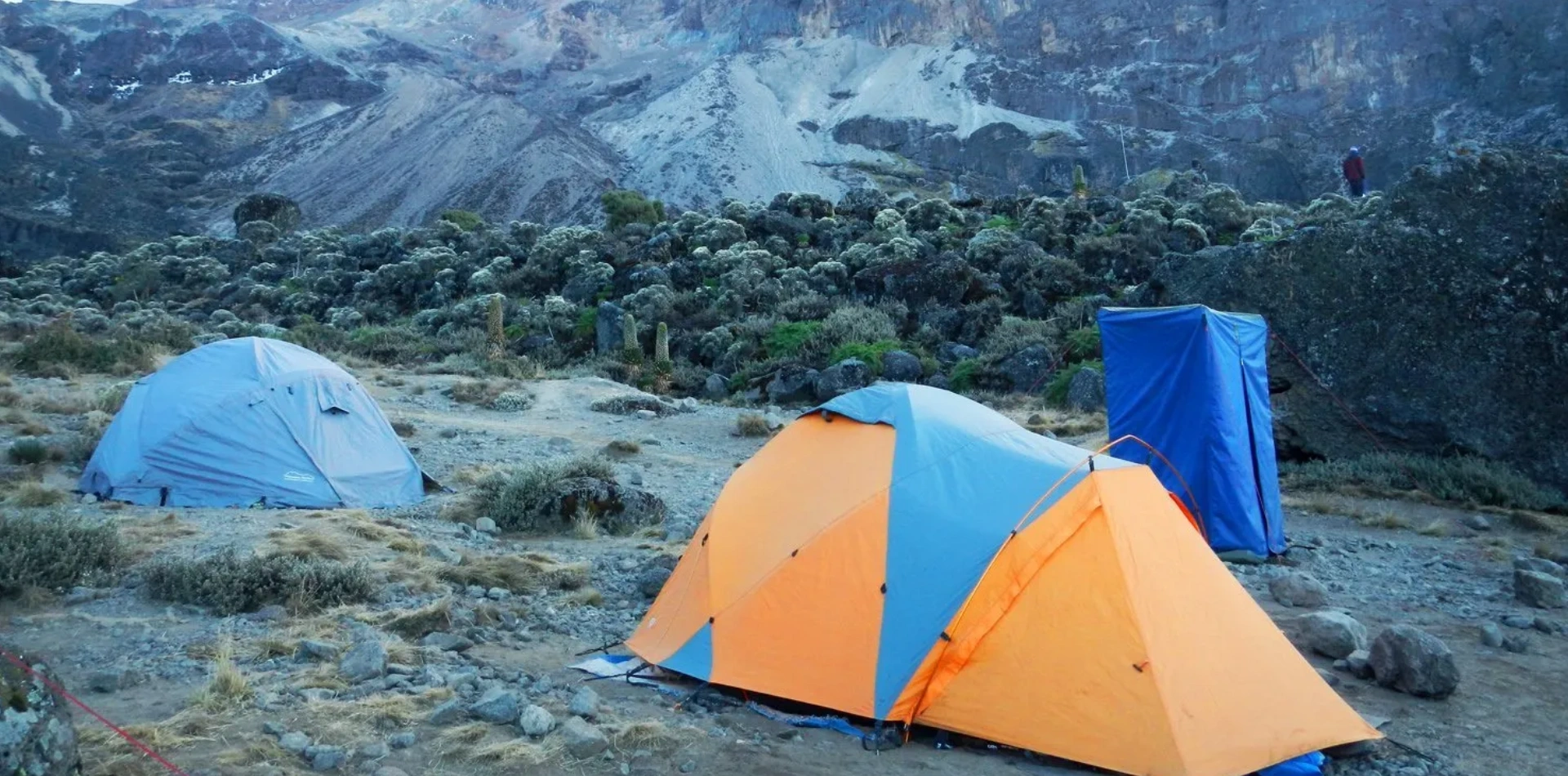
- Distance: ~6 km
- Time: 4–5 hours
- Habitat: Heath / Moorland
As you climb higher, the forest fades, replaced by tall heather and giant lobelias. The air begins to thin, and your pace slows naturally. The trail follows a narrow ridge between deep valleys, offering surreal views of Kibo’s southern glaciers towering ahead.
You'll reach Barranco Camp, famous for its dramatic setting beneath the looming Barranco Wall. This is your first big altitude gain — move slowly, drink plenty, and don’t be surprised if you feel the altitude creeping in.
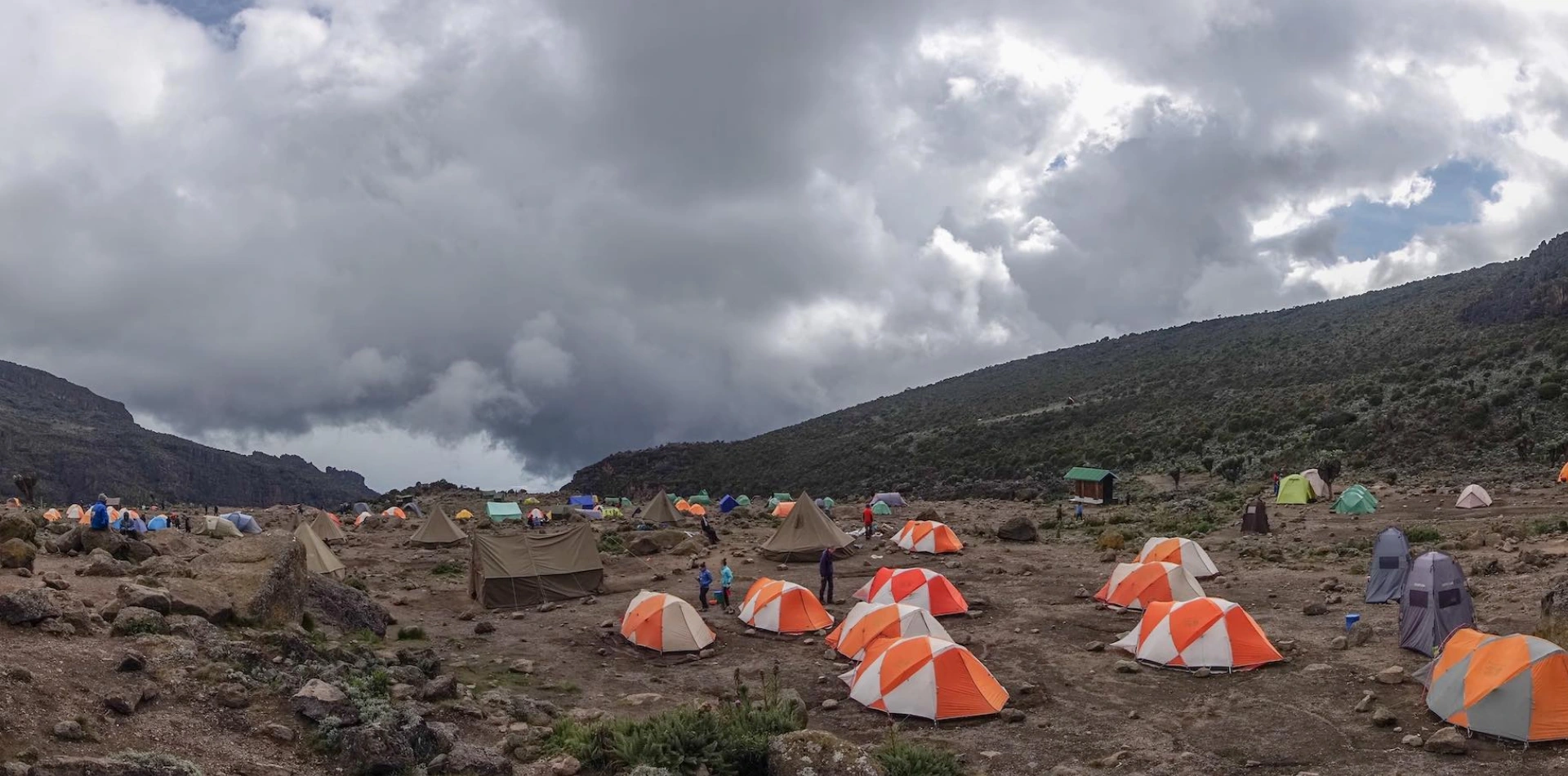
- Activity: Acclimatization hike to Lava Tower (~4,600m) and back
- Time: ~4–5 hours’ total
Today is all about "hike high, sleep low" — one of the golden rules of acclimatization. You'll hike toward Lava Tower, then return to Barranco for a second night. It helps your body adjust while giving you a day to rest, eat, and recharge. You’ve already done more than most people ever will. You’re stronger than you think.
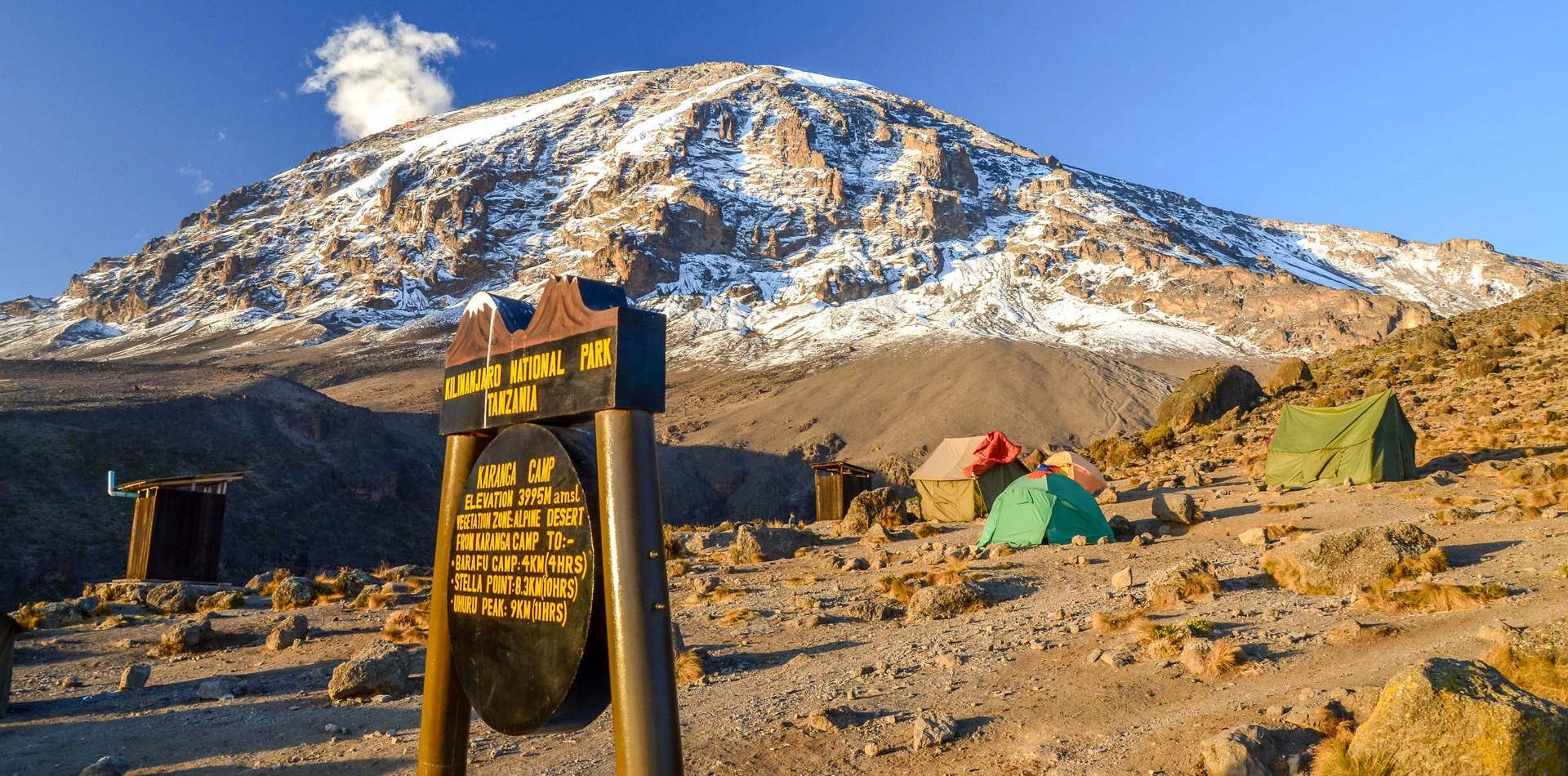
- Distance: ~5 km
- Time: 4–5 hours
- Habitat: Alpine desert
You’ll begin the day by tackling the Barranco Wall — a rocky, hands-on scramble that looks intimidating but is surprisingly fun. The views from the top are unforgettable.
From there, it’s a series of gentle ascents and descents until you reach Karanga Camp, perched above a deep valley. The sunsets here are incredible, painting the sky in shades of orange, pink, and gold. You’ll go to sleep under a sky full of stars.
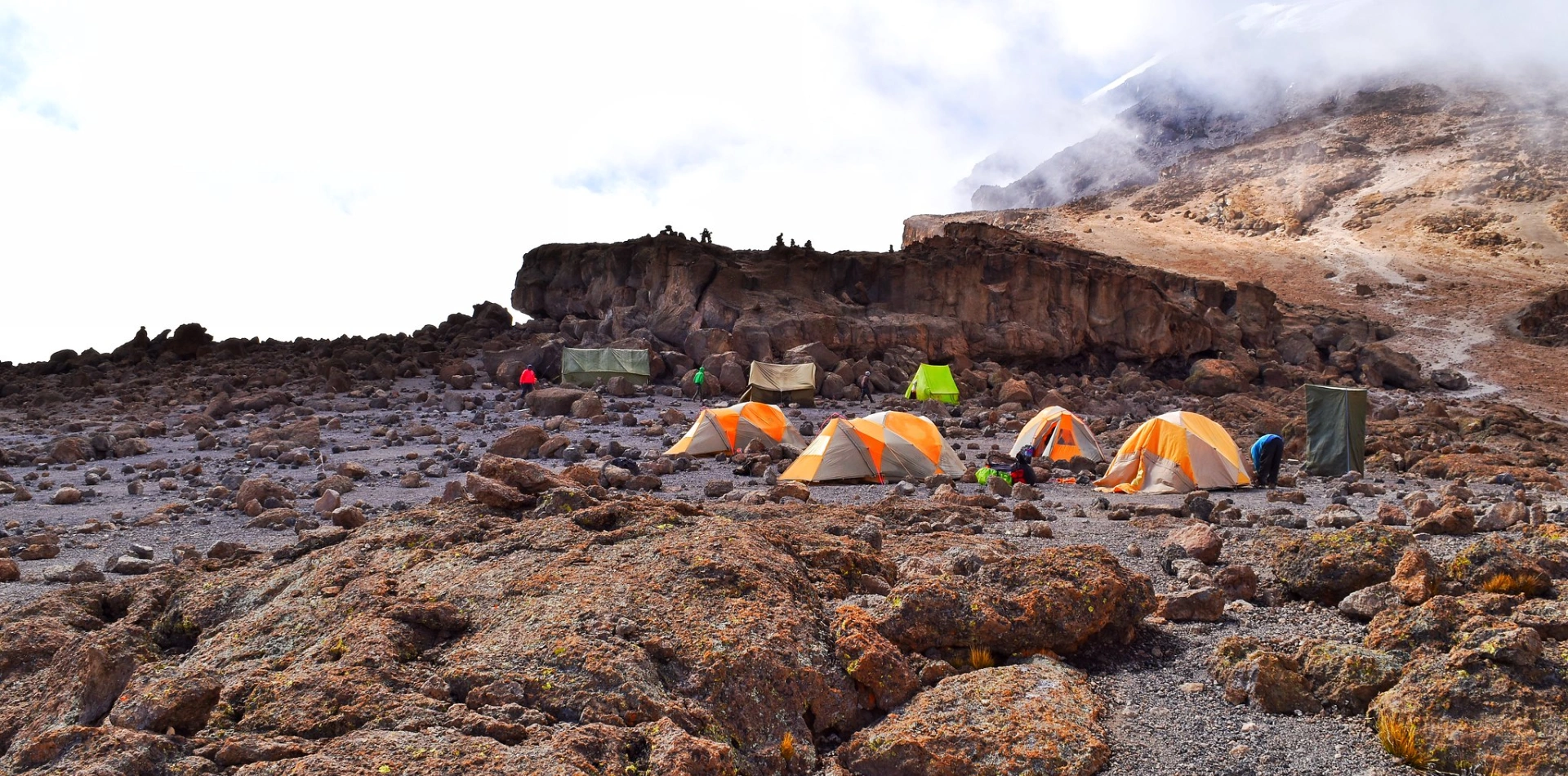
- Distance: ~4 km
- Time: 3–4 hours
- Habitat: Alpine desert
This short but high-altitude hike brings you to Barafu, your base camp for the summit attempt. The terrain is barren and exposed — wind-swept gravel and eerie silence. You’ll arrive in time for an early dinner and a nap.
Your guides will go over summit prep: layers, headlamps, snacks, pacing. Then you’ll rest — or at least try to. The summit push begins around midnight.
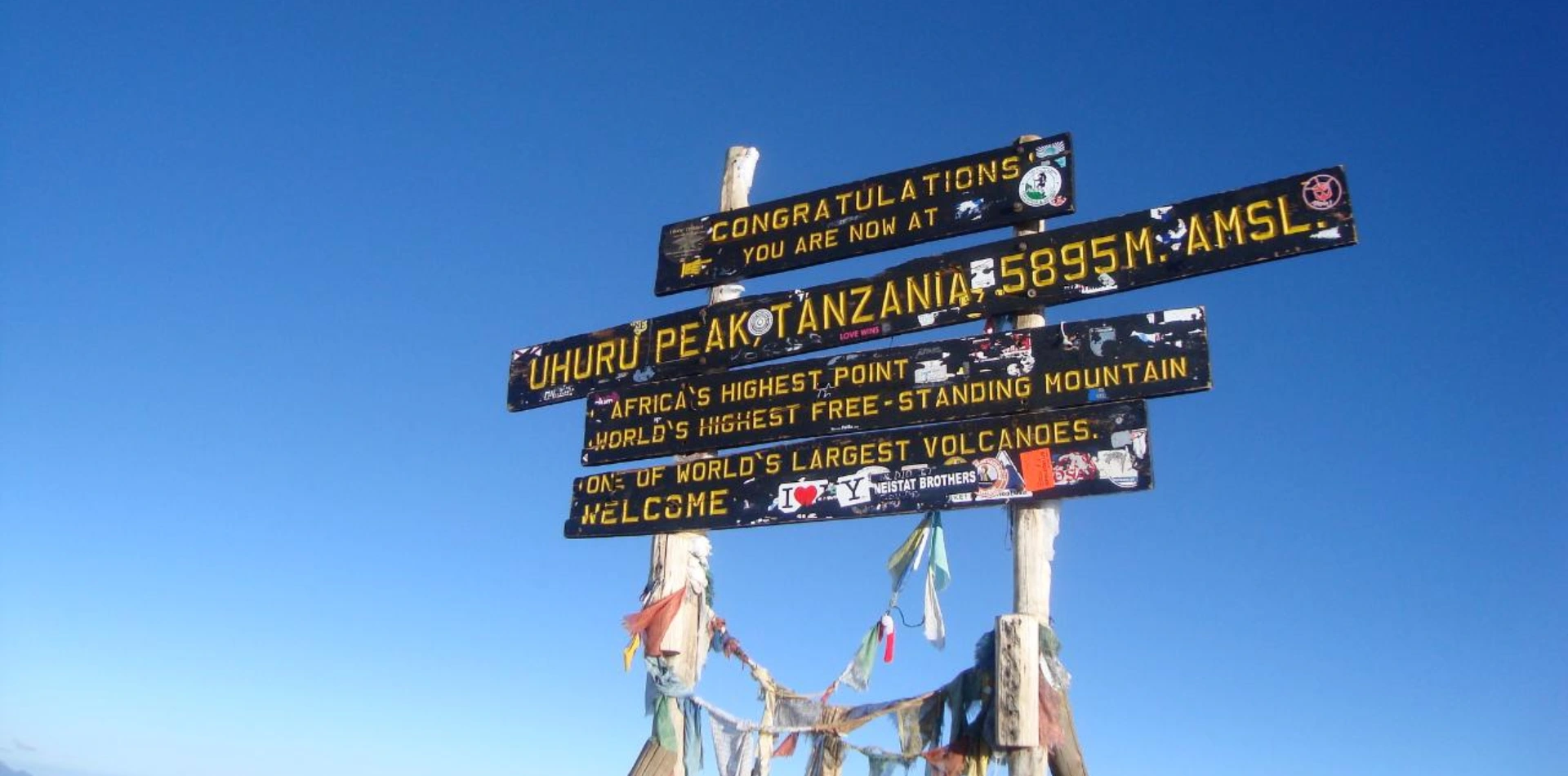
- Distance: ~17 km
- Time: 12–14 hours
- Habitat: Arctic to rainforest
You'll begin your ascent in total darkness, headlamps lighting the way. It's cold, steep, and slow. This is where mental strength matters most.
After hours of steady climbing, you’ll reach Stella Point (5,756m). From there, the final hour to Uhuru Peak is surreal — glaciers glowing in the dawn light, the crater rim curving around you, the air thin and silent.
You made it. Africa’s highest point. Let that sink in. After photos and a moment of quiet pride, you’ll begin the long descent to Mweka Camp, where oxygen is richer and your sleeping bag will feel like the softest bed in the world.
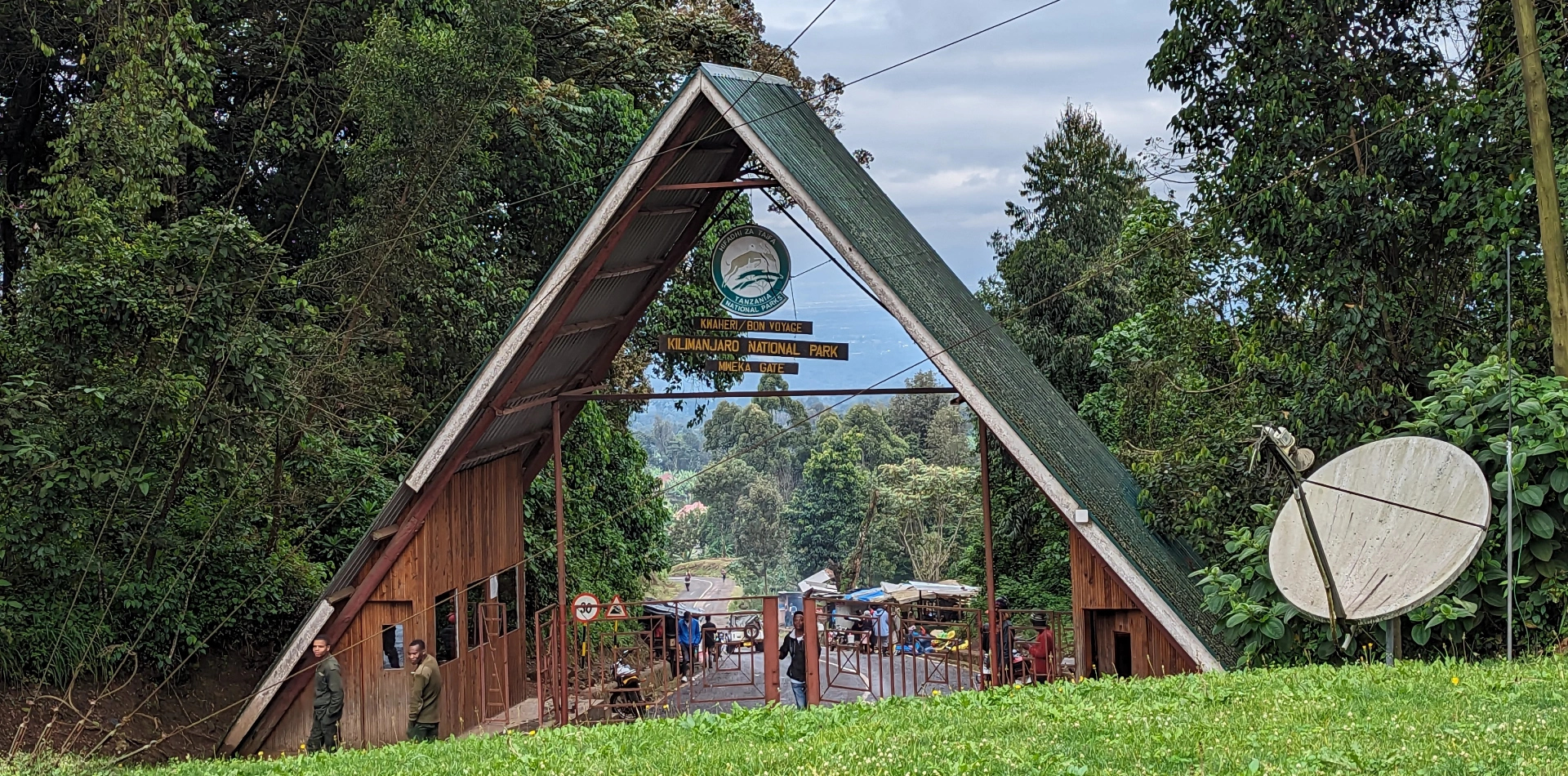
- Distance: ~10 km
- Time: 3–4 hours
- Habitat: Rainforest
Your final day is a calm, joyful descent through rainforest. You’ll pass back through the towering trees and familiar earthy smells, legs a little sore, heart a little full.
At Mweka Gate, you’ll sign out, receive your summit certificate, and celebrate with your team. Afterward, you’ll head back to town for a hot shower, a real meal, and the quiet realization that you’ve just done something extraordinary.
Good to Know
- Experienced hikers or fit trekkers ready for steep terrain
- People who prefer solitude over crowds
- Those looking for a raw, unfiltered Kilimanjaro experience
- Anyone who wants to earn every step of their summit story
Inclusions & Exclusions
- Kilimanjaro trekking according to the itinerary.
- Professional, English-speaking Wilderness First Responder & CPR certified Guide.
- Proper Ration of Mountain crew (Cook & Porters).
- Airport Transfers.
- Meals according to the itinerary.
- Drinking water and Full Board Meals.
- All National Park & Hut Fees, Crew Permits and VAT.
- Fair and Sustainable Salary Crew Wages.
- Gate Transfers.
- Complimentary Oxygen Cylinder.
- Flights
- Visa fees
- Travel or Medical Insurance .
- Tips for porters and mountain crew .
- Personal spending money for souvenirs etc.
- Energy food & beverages, alcoholic and soft drinks.
- Personal hire gear such as trekking poles, sleeping bags, etc.
- Additional lodge nights if early descent from the mountain.
Tour Map
Tour Gallery
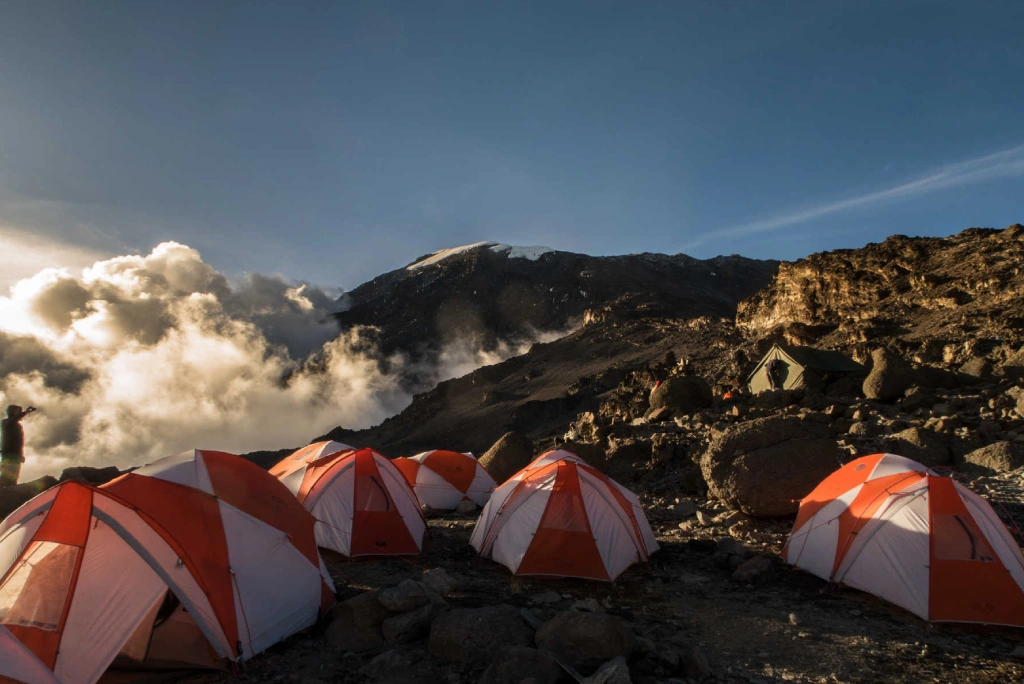
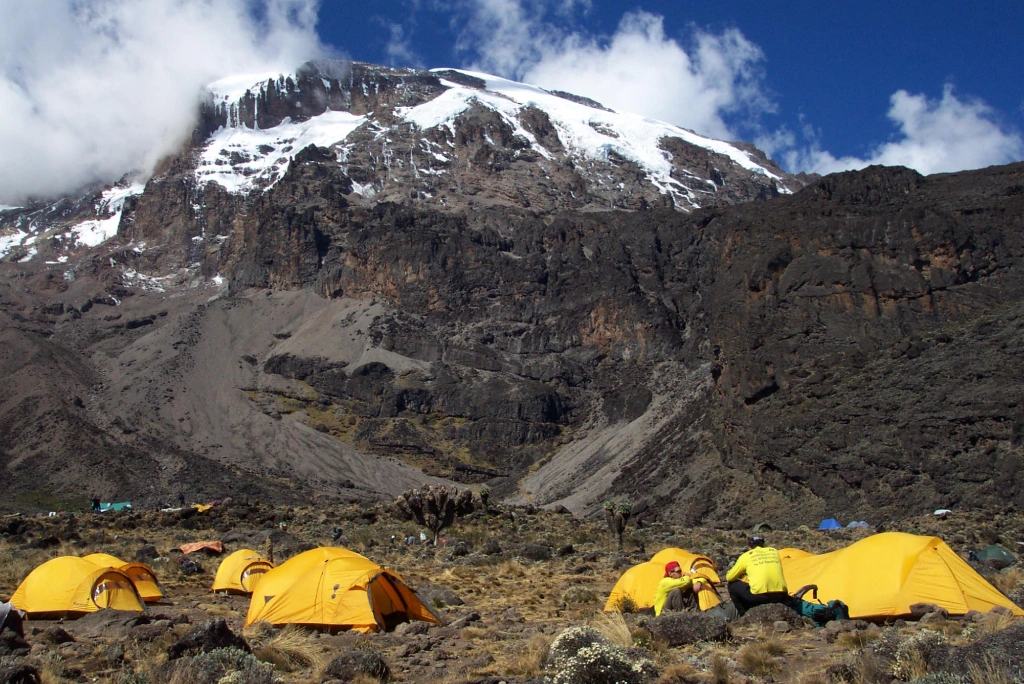
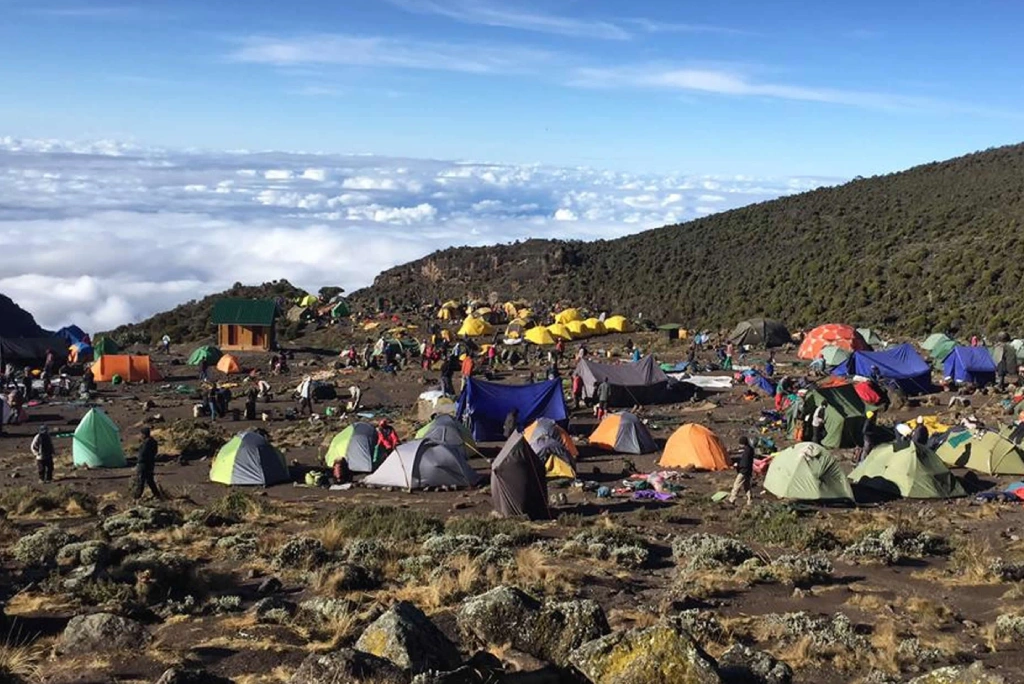
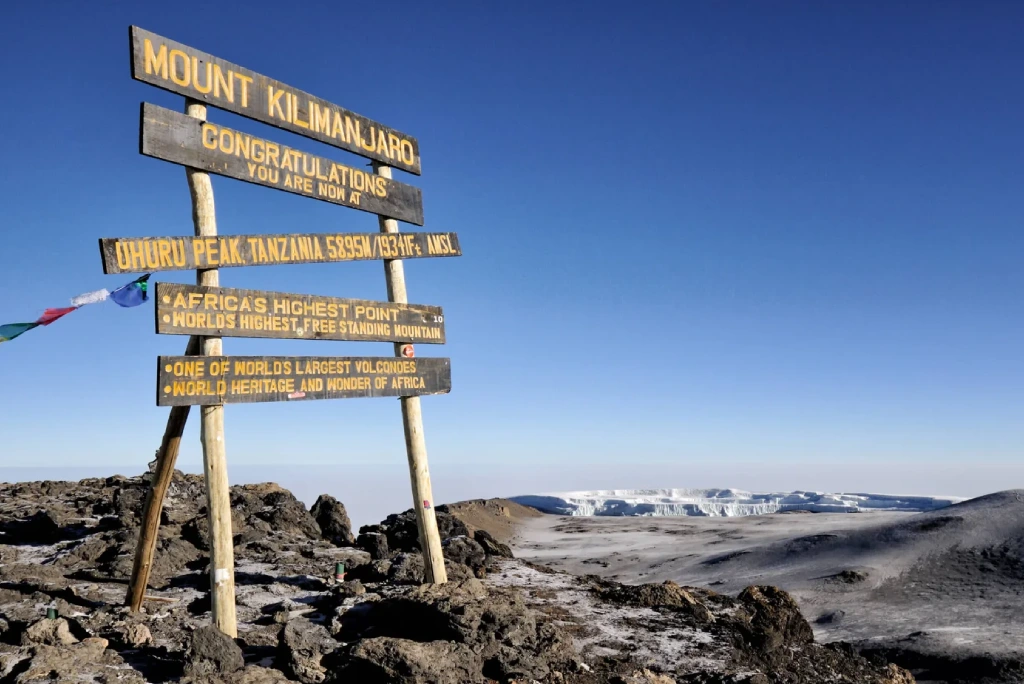
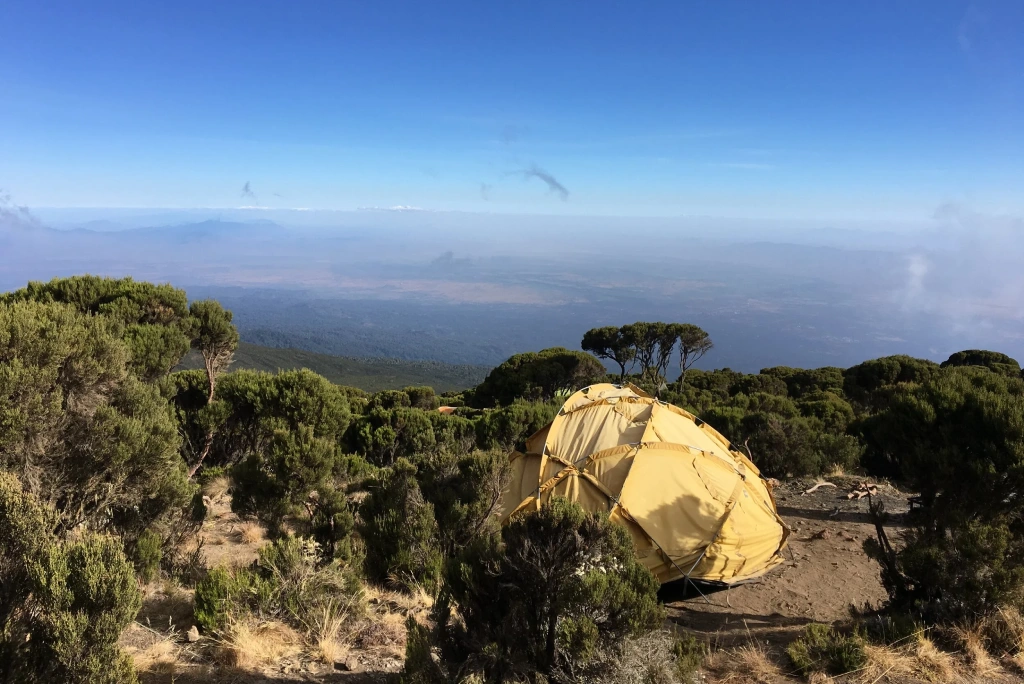
Related Mount Kilimanjaro Trekking
Given the off-road terrain that will be encountered, a bike that can adequately tackle this is also essential. A gravel bike is usually a popular option for bikepacking.
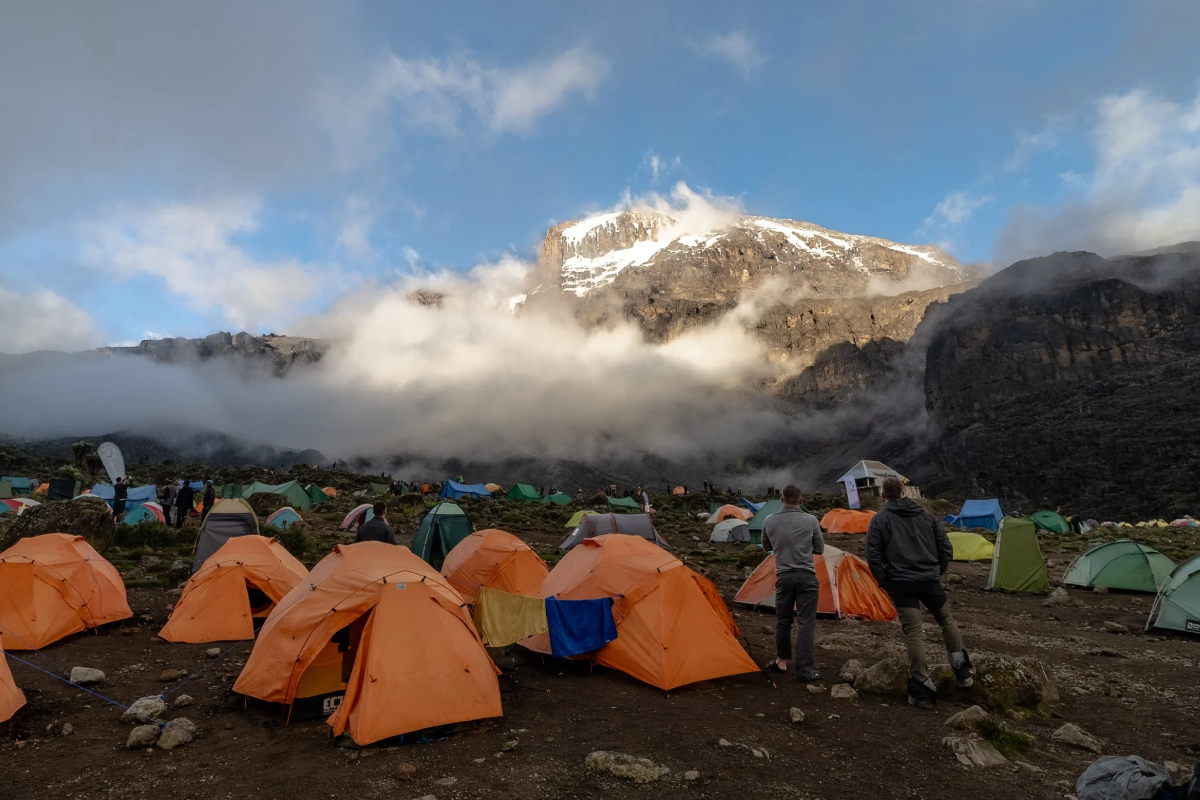
8 Days Lemosho Route
Embark on an 8-day Lemosho Route trek, traversing forests, plateaus, alpine deserts, and summiting Uhuru Peak with expert support.
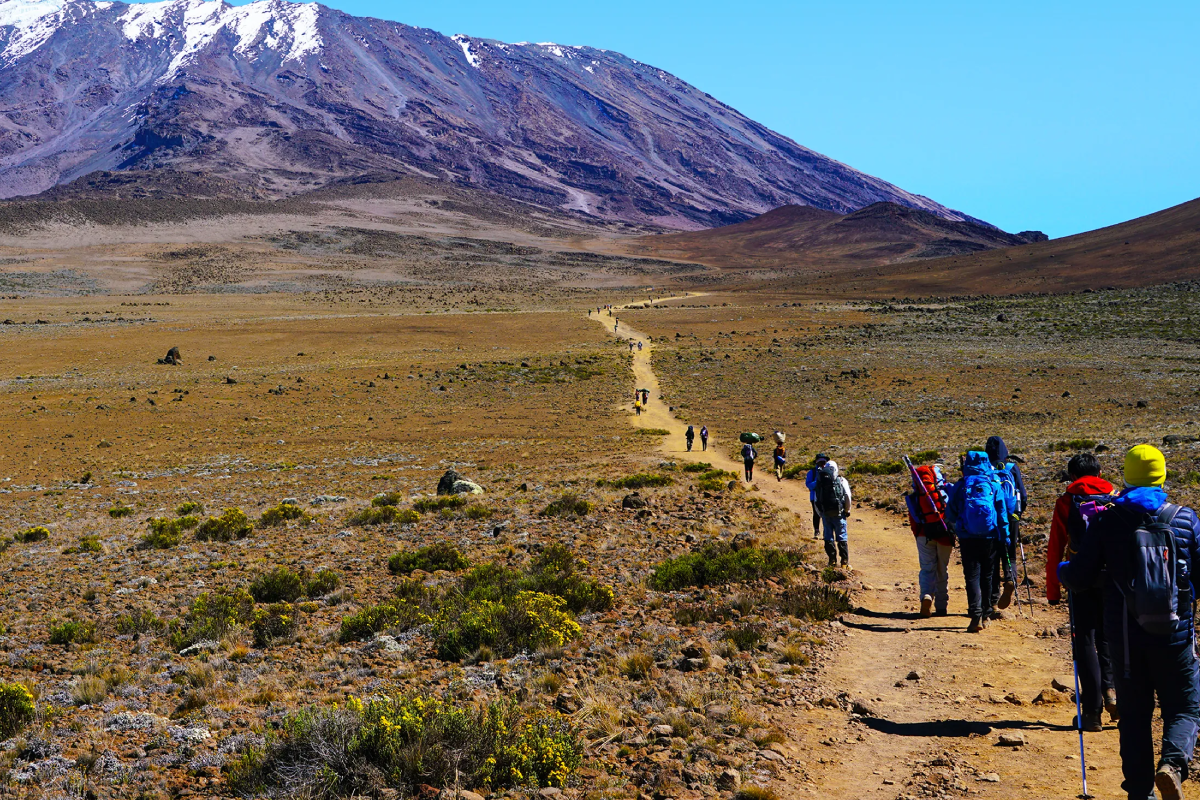
7 Days Machame Route
Trek Kilimanjaro’s 7-day Machame Route, crossing rainforests, moorlands, and glaciers, camping under stars, reaching Uhuru Peak with guided support.
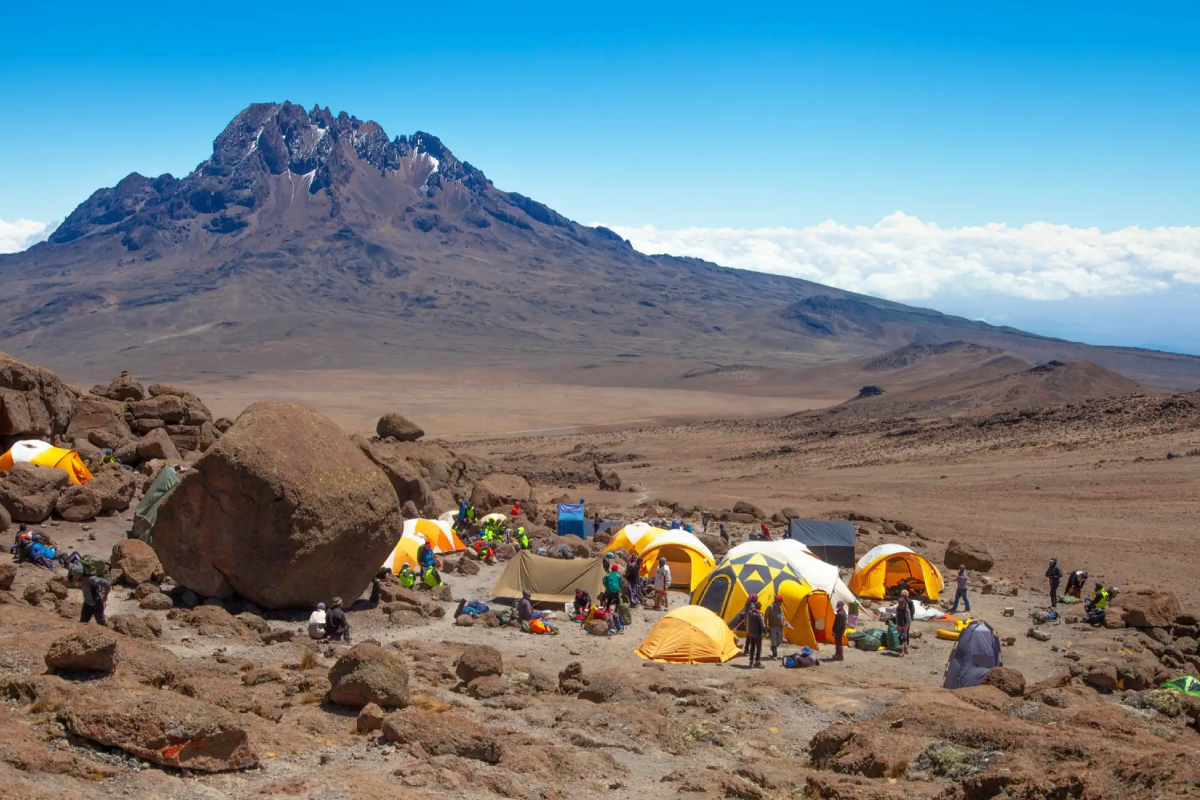
6 Days Rongai Route
Trek Kilimanjaro’s 6-day Rongai Route, ascending through rainforest, moorland, and alpine desert, summiting Uhuru Peak with expert guides and full support.
We make it easier for everyone to experience the world
Ready to explore Tanzania’s natural wonders? We’re here to help! Whether you’re planning a once-in-a-lifetime safari or a peaceful nature escape, our team makes travel easy and personal. Reach out today—let’s turn your dream of exploring Tanzania and beyond into reality. We make it easier for everyone to experience the world, one journey at a time. Contact us today!
Need I help? Talk to an Expert
+255767493713 +255690129757
Mountain Climbing FAQs
Discover essential information for climbing Tanzania’s iconic peaks—Mount Kilimanjaro, Mount Ol-Donyo Lengai, and Mount Meru. Learn about the best seasons, difficulty levels, required permits, gear recommendations, and safety tips. Whether you’re a first-time climber or experienced mountaineer, these FAQs provide guidance to help you prepare, stay safe, and make your mountain adventure unforgettable.
Climbing Kilimanjaro is challenging but achievable for fit individuals. It doesn't require technical skills, but altitude and endurance are key factors. Choosing a longer route improves acclimatization and success. Mental preparation, physical fitness, and proper gear make a big difference in your summit experience.
The best times are during dry seasons—January to March and June to October. These months offer clear skies, better trail conditions, and higher success rates. Avoid the rainy seasons for safety and comfort. Early booking is also advised due to route popularity.
Yes, Mount Meru is ideal for acclimatization before Kilimanjaro. It reaches 4,566 meters and offers great altitude training. The trek includes wildlife encounters and scenic ridges, preparing your body for Kilimanjaro’s higher elevation and reducing chances of altitude sickness significantly.
Yes, guided climbs are mandatory for both Kilimanjaro and Mount Meru. Guides ensure your safety, manage logistics, and provide expert support. Their local knowledge enhances your journey. On Mount Meru, park rangers accompany all trekkers due to wildlife presence in the area.
Ol Doinyo Lengai is the only active natrocarbonatite volcano in the world, revered by the Maasai as the “Mountain of God.” The steep climb is rewarded with unique lava flows, spiritual significance, and sunrise views over Lake Natron and the Great Rift Valley.
Altitude sickness can affect anyone above 2,500 meters. Symptoms include headache, nausea, and fatigue. To reduce risk, climb slowly, stay hydrated, and acclimatize properly. Longer itineraries on Kilimanjaro and a Mount Meru pre-climb significantly boost altitude adaptation and summit success.
You’ll need layered clothing, waterproof outerwear, sturdy hiking boots, sleeping gear (for Kilimanjaro and Meru), headlamp, trekking poles, and hydration packs. For Ol Doinyo Lengai, include lightweight but grippy footwear and breathable clothing due to its steep, dusty volcanic terrain.
What Customers Say About Us
